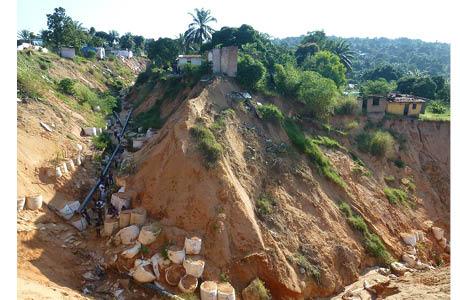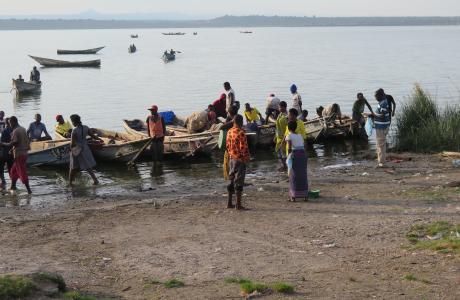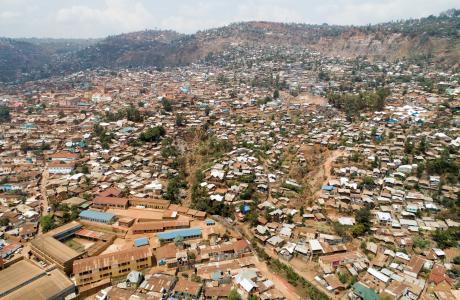The Asian bush mosquito settles in Belgium
The Asian bush mosquito is a widespread invasive species in many European countries. In Belgium, three populations have been detected: one in Natoye (Namur province) and two along the German border. An international team of researchers reveals in a new study published in Parasites & Vectors that these populations are the result of multiple introductions of various origins. This study will help optimise efforts to control this potentially pathogen-carrying invasive species.
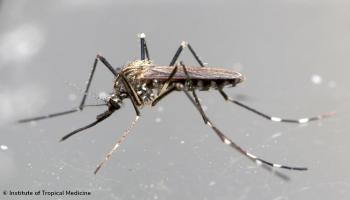
The Asian bush mosquito (Aedes japonicus) is an invasive species originating from Asia.
"Its bites are more painful than those of native mosquitoes", explains Nathalie Smitz, a researcher at the Royal Museum for Central Africa who conducted the study.
"They can also potentially transmit diseases. Although this has never been observed in Belgium, it is important to monitor the introduction sites and control the spread of this mosquito."
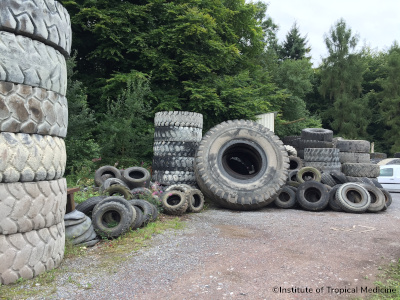
A first appearance in Natoye
The Asian bush mosquito was first detected in Belgium in Natoye (Namur province) in 2002.
"It was probably introduced accidentally via the international trade in second-hand tyres run by a company located on this site", according to the researcher. "However, the exact origin is unknown, since the tyres were imported from various places, including countries already colonised by the species, such as the USA."
"In the years following its introduction, the Asian bush mosquito settled in Natoye but did not spread. It has never been detected outside a 3.5 km radius around the tyre company site."
An attempt at eradication
From 2012 to 2015, the authorities conducted an intensive campaign to eradicate the species from the Natoye site. Following this campaign, the species was no longer detected in 2015-2016 and was declared successfully eradicated.
However, the Asian bush mosquito was collected again at Natoye in 2017. Is this reappearance related to recolonisation from a small number of survivors of the eradication campaign? Or is it the result of a new introduction?
To answer these questions, Nathalie Smitz and her colleagues compared the genetic structure and diversity of mosquitoes collected before and after the eradication campaign.
"It seems that the population present before the campaign did survive in low numbers. But our study also reveals that the mosquitoes collected after the eradication campaign have a different genetic signature from those collected before, indicating that there have been one or more new introductions since then."
Further introductions along the German border
Unlike the isolated population in Natoye, the Asian bush mosquito populations in southwestern Germany have expanded rapidly over the years. Scientists therefore expected the mosquito to cross the Belgian border. Between 2017 and 2019, specimens were indeed collected in Eupen and Maasmechelen.
"Our genetic analyses confirm the German origin of these mosquitoes and show that they are genetically very different from the Natoye mosquitoes", says Nathalie Smitz. "New introductions can be expected in the short term, through land transport and/or natural dispersal from established populations in western Germany. These findings stress the need for a surveillance and control management plan at national and regional levels."
The BopCo project
This study was carried out in the framework of the BopCo project (Barcoding Facility for Organisms and Tissues of Policy Concern). This joint team of biologists from the RMCA and the Royal Belgian Institute of Natural Sciences responds to external requests. During the MEMO project (Monitoring of Exotic Mosquito Species in Belgium), BopCo worked in collaboration with the Institute of Tropical Medicine (ITM) to identify mosquitoes based on their DNA. Other collaborations with the ITM included the identification of Aedes mosquitoes collected in Kinshasa (DR Congo) and the determination of their density.
But BopCo scientists do not study only mosquitoes. On request, they analyse all biological organisms and tissues of socio-political interest. This includes, for example, endangered animal species, or species that may present a health or economic hazard, such as invasive species, organisms linked to food fraud or specimens used in a judicial context.
Read the article:
Smitz, N., De Wolf, K., Deblauwe, I. et al. Population genetic structure of the Asian bush mosquito, Aedes japonicus (Diptera, Culicidae), in Belgium suggests multiple introductions. Parasites & Vectors 14, 179 (2021). https://doi.org/10.1186/s13071-021-04676-8
The BopCo project (Barcoding Facility for Organisms and Tissues of Policy Concern)
More information on the MEMO project (Monitoring of Exotic Mosquito Species in Belgium):
on the ITG website
on the BopCo website
